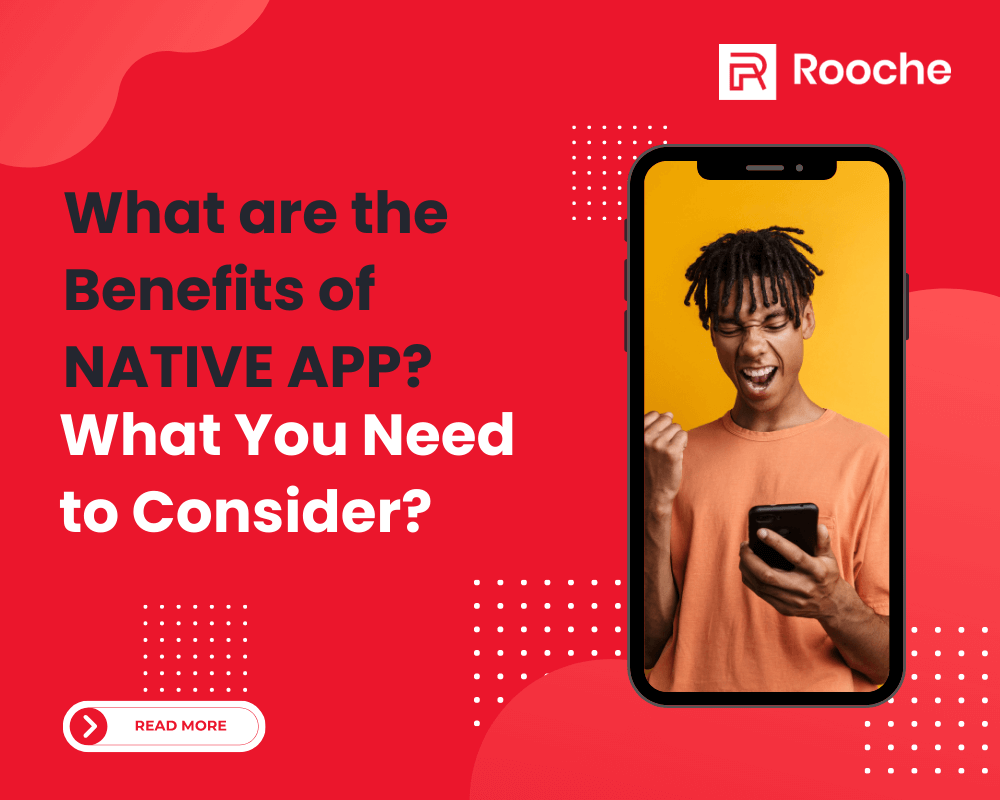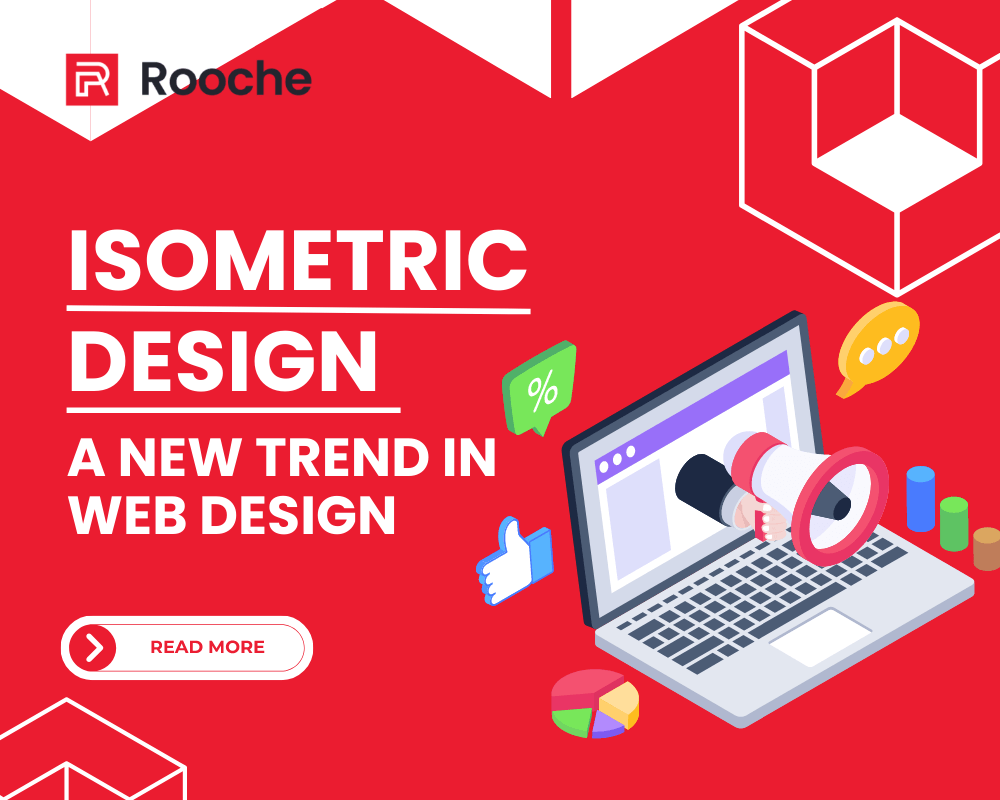How and Why You Should Incorporate AI into Web Development
AI and web development are two of the most popular and talked-about topics in the tech world today. And for […]
Dec 8, 2022
Dec 8, 2022

Native apps are a great way to boost your app’s performance. They give you the ability to take advantage of all the latest features. Just like the animated transitions and geo-location. But before you jump on the native bandwagon, there are some things that you should consider.
Native app is a web application that runs on mobile devices. It is built with a separate code base. They are designed to run smoothly on the device, without any reliance on a web browser. Furthermore, it can be installed directly on the device via an over-the-air update, or sideloaded (via an app store) onto the device.
They are downloaded from an app store and installed onto your phone or tablet. This process is much faster than downloading an app from a website, but it’s also limited in size, which means you can install only one app per device (unless you’re willing to pay for more storage). Native apps can be updated through regular updates from the developer, giving them new features and fixes as they’re made available.
Native apps are typically much more efficient than web apps since they are optimized for performance and battery life. This means you can rely on your app to perform the way you need it to, while web apps may be compromised by slow load times or the inability to use your device’s battery efficiently.
First off, native apps have built-in security measures that protect against malicious code being injected into your app’s code or server-side. This means that you don’t have to worry about hackers stealing your data or destroying your reputation as an organization.
Second, Native apps are faster than HTML5 ones because they run directly on your device instead of through an interpreter engine like Chrome or Safari. This means that everything happens right away—no waiting around for JavaScript to execute!
Thirdly, Native apps can be customized with different skins and themes—and this is where it gets fun! You can create a unique experience for each user by creating different color palettes or fonts based on their device’s resolution or operating system version.
Also they offer a better user experience than Web apps, which can be hard to navigate for users who aren’t familiar with mobile design conventions. Native apps have access to all the device’s features and functions, so you don’t have to worry about compatibility issues when you update your app.
Native apps have a number of advantages over their web-based counterparts, including:
It’s important to consider the nature of your business when choosing a native app. Are you selling products, or are you providing services? Are you a startup trying to reach customers on mobile, or have you been around for years and want to offer your customers a more engaging experience?
For example, if you sell real estate then an app that allows clients to enter information about their homes will be helpful in finding them quickly and accurately. If you’re a doctor who treats patients by phone, then an app where patients can record their symptoms will help expedite treatment plans and reduce down time between appointments.
Native mobile apps are a great way to get your project off the ground and in front of customers. But they’re not cheap.
Native apps are more expensive to develop than hybrid or web apps but they also have unique benefits. They provide access to resources that aren’t available anywhere else. It has the ability to play sound effects and music from local files. It can even support for things like GPS tracking or real-time location services.
And if you’re developing multiple native apps for different platforms (like Android, iOS, and Windows), you can save time by sharing code between them. As long as you create an interface that works in each platform’s native environment.
Maintenance of a native app is probably the most important thing you can do to increase its effectiveness. You need to keep your app up-to-date on all major platforms. This is usually involves updating the app’s code and building new features for users.
The benefits of a native app are many. Somehow, at the end of the day, your business has to make the call. As long as you’ve done your research and understand what it means for your business, then go for it! Native apps are an investment that can pay off in the long run with increased engagement and loyalty.

AI and web development are two of the most popular and talked-about topics in the tech world today. And for […]
Dec 8, 2022

Accessibility is important for your website visitors for a number of reasons. People with disabilities may not be able to […]
Dec 8, 2022

When you think of isometric design, you might think of the flat 3D designs you’ve seen in video games or […]
Dec 8, 2022
Join our newsletter and be the first to receive future promo and sale updates from Rooche!